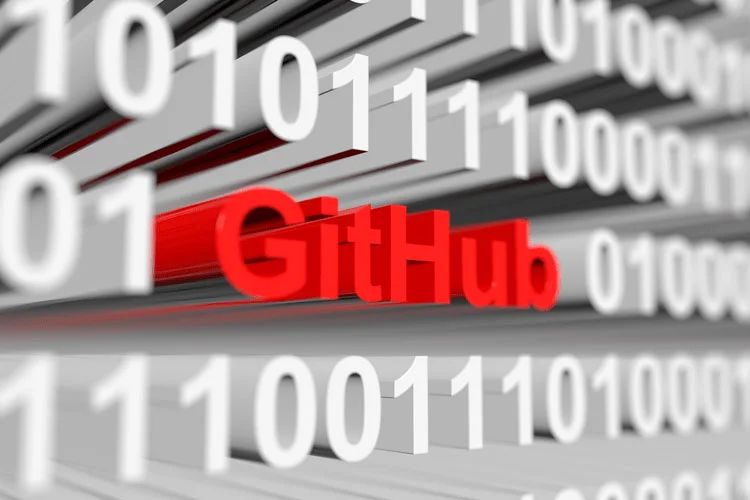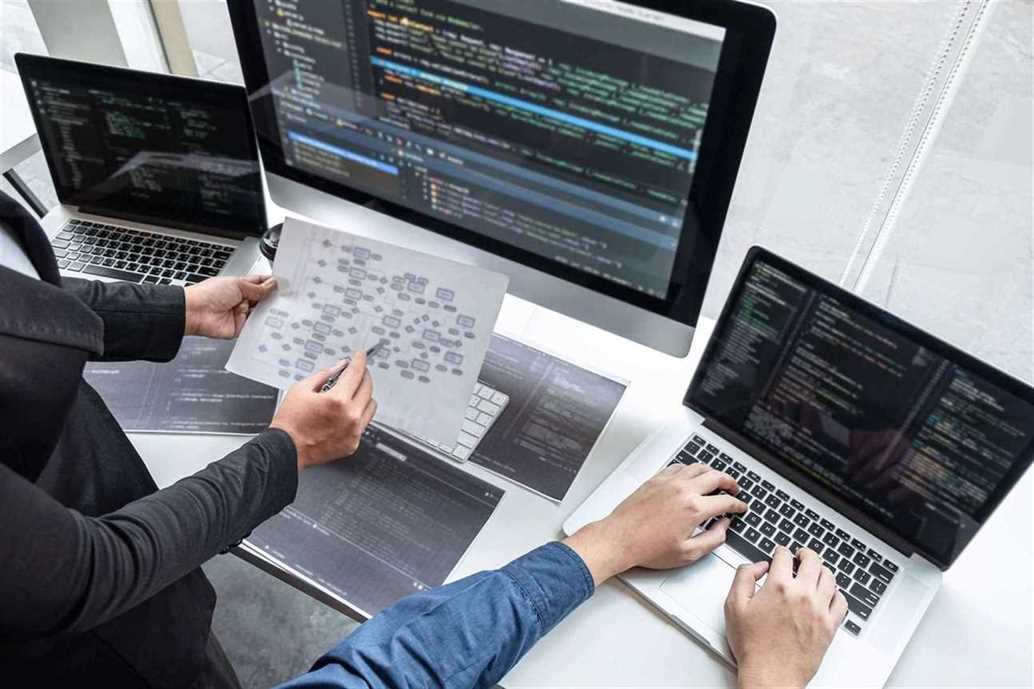I also imagine that spatial computing is a superb overarching time period for AR, MR, and VR, together with other immersive experiences corresponding to 3D motion pictures and telepresence. My only recommendation is that all corporations embrace the historic and accepted language of the field. Spatial computing is a useful term, but so is augmented actuality, blended reality, and digital reality, all three of which are part of our historical past and culture. In latest years, we’ve seen remarkable developments in Spatial Computing hardware capabilities, resulting in extra immersive and interactive digital experiences. This know-how allows users to put on headsets and blend their bodily surroundings with digital content material like games, apps, and 3D simulation.

Even our smartphones strictly obey the principles of two-dimensional interfaces as laid down by Ivan Sutherland in 1963. Its equal in computing, the ‘command line’, offers an interface to the computer both linear – all directions for the computer get laid down inside a single line – and interactive. This implies that the pc responds as soon because the consumer has submitted the command line – generally by tapping the ‘Enter’ key. Instead, Apple insists, this is a completely new gadget opening into an entirely new period christened by Apple as ‘spatial computing’. The Vision Pro is a simply the most recent in an extended series of ‘immersive’ gadgets (another word Apple doesn’t want used).
The company also leverages numerous sensors and biometric authentication tools for options just like the iPhone. Spatial options make virtually every surroundings we interact with extra innovative, from warehouses and factories to cities and towns. Whether within the client, enterprise, or healthcare environment, spatial computing might help us accomplish more and make higher choices. For occasion, when GE geared up its technicians with AR glasses, they achieved a 34% improvement in productiveness for every employee. We’re a part of the spatial computing revolution whenever we use filters or location tags on social media, interact with a GPS, or speak to an intelligent assistant. While spatial technologies considerably impression our day-to-day lives, they also influence the enterprise world.
An integral characteristic of Spatial Computing is the flexibility of a device to grasp its precise place within a given surroundings. This feature, also called spatial consciousness or system monitoring, is typically achieved through camera pc imaginative and prescient or LiDAR technology. These sensors enable the units to scan their environment in real-time, permitting to calculate their position in space. The particular term “spatial computing” was later referenced once more in 2003 by Simon Greenwold,[7] as “human interplay with a machine in which the machine retains and manipulates referents to actual objects and spaces”. For instance, in the construction world, sensors, photogrammetry, and AI can present computer methods with real-time insights into data from a product, environment or process. This information is then processed, and used to help customers with intuitive purposes and automated workflows.
Spatial computing has emerged as a game-changing device within the realm of experiential learning, offering an immersive, interactive surroundings for learners. According to research conducted by Microsoft, the use of spatial computing has led to a 22% improvement in check scores and a 35% enhance in scholar engagement and retention when learning with immersive and 3D applied sciences. This indicates the transformative potential of spatial computing in fostering active studying and enhancing students’ understanding. Ecolab – a global chief in water, hygiene, and energy technologies and companies – is also taking benefit of this know-how. Their meals safety solutions contribute to the protected production of over 1 / 4 of the world’s processed meals and 44% of the global milk supply.
The VR Institute of Health and Exercise, has carried out studies offering comparisons between well-liked VR health platforms and conventional exercises. Platforms corresponding to Supernatural, Thrill of the Fight and FitXR have been in contrast with normal train routines like boxing, biking, and tennis. In recent years, there was a excessive development in innovation in fitness, reflecting the worldwide surge in health and wellness consciousness. Key challenges in this sector involve minimizing person friction, fostering engagement by way of convenient solutions and inspiring routine exercise practices by way of gamification components.
What Are The Variations Between Xr, Vr, Ar, And Mr?
Instead, it was what we now name good glasses, which are profoundly useful and can turn into even more useful as AI gets integrated into these products, but it wasn’t AR. Of course, the Vision Pro is way extra sophisticated than the NASA headset above, not simply due to its wonderful fidelity but as a result of it adds entirely new capabilities. The most vital capability is the facility of the Vision Pro to seamlessly combine the real world with spatially projected digital content material to create a single unified expertise — a single perceptual reality. This is recognized as augmented actuality or combined reality depending on the capabilities and both phrases have a protracted history in academia and business.
- When you click on through from our web site to a retailer and purchase a product or service, we might earn affiliate commissions.
- The ability to bridge physical and digital areas and bodily work together with digital objects will revolutionize how teams collaborate, study, and carry out tasks.
- Whether you are a startup or a longtime company, if you’re on the lookout for a growth group, Treeview is right here to help you.
- The group has created quite a few exhibitions and projects, together with Emergence, an open-world Virtual Reality art experience exploring human habits, individuality, and collectivity.
- So to have a system that brings computing into the third dimension means that the system is spatially conscious by definition.
This requires the devices to redraw all seen objects as a lot as 60 times per second, which requires excessive computing power. As the business pushes in the path of smaller and lighter units, discovering room for this computing power is a challenge. Spatial Computing developers need to continually optimize their visuals for attaining high ranges of realism. Having the gadget tracks its place with excessive precision enables spatial anchoring of virtual objects in precise locations. This ensures that the digital object maintains its position in the virtual area, offering a seamless interaction between the person and the digital surroundings.
Magic Leap
Mixed Reality all the time maintains a connection with the physical world, incorporating elements of Augmented Reality, whereas additionally permitting for immersive experiences that may method the levels of Virtual Reality. This complete information will educate you everything you have to find out about Spatial Computing. You’ll study the differences between industry terms such as AR, VR, Mixed Reality (MR), Extended Reality (XR), Immersive Technologies, and the Metaverse. You’ll additionally undergo varied case studies to grasp how this expertise is adding worth to multiple industries. Moreover, you’ll additionally learn the way Spatial Computing works and familiarize your self with the leading firms pioneering this area. Spatial computing uses information about the surroundings round it to act in a means that’s most intuitive for the individual utilizing it.

Spatial computing takes us away from the clunky interactions we had with computer systems and mobile devices prior to now. They additionally lacked user interactivity and bi-directional interactivity between the true and virtual. This was earlier than LiDAR and different spatial mapping technologies were added to telephones, enabling growing ranges of 3D spatial registration and interactivity. This is probably essentially the most misunderstood issue in the world of immersive media, so it’s worth taking a visit back in time to clarify how today’s divide got here to be. In the early days, only one phrase was needed, Augmented Reality, but its definition was diluted in the 2010’s as marketeers pushed simpler and easier techniques under that banner.
The surroundings is created utilizing computer hardware and software program delivered through a wearable headset. AR works similarly, but as a substitute of simulating a special surroundings, it overlays simulations on high of real-world environments. Spatial computing is usually a complex time period to define as a outcome of it’s an “umbrella” concept covering a big selection of applied sciences. In the age of hybrid work, spatial technologies are more and more in style as firms look to bridge the gap between the digital and physical worlds. All these features are solely attainable as a outcome of the expertise of computer techniques has advanced. Instead, the hardware is now so small that it could even fit into sensible spatial computing glasses.
What’s The Difference Between Spatial Computing, Prolonged Reality (xr) And Immersive Technologies?
Meta is strategically positioned to capitalized on the growth of spatial computing over the approaching years. The Meta Quest 3 device, a completely built-in combined actuality system, is available at an inexpensive mass-market price of $499. This gadget offers mostly the identical range of functionalities of the Vision Pro, however at a mere fraction of its price.

While a 3 trillion-dollar firm can all the time try to do its greatest to attempt to control the narrative, a quick wander through the history of computing will situate this new little bit of package in its context. It is also one of the important examples of a successful spatial computing implementation because the market has changed. Today, prospects anticipate the ordered items to reach the following day and that they don’t have to wait for days.
So, What’s Spatial Computing?
Artificial intelligence, computer-aided design and Web three are additionally included into spatial computing infrastructure to enhance the consumer expertise, generate photographs and objects, and facilitate collaboration. Zuckerberg also spoke about ushering the next computing platform by way of developments in good glasses. Now, again to language — how did we end up with two phrases augmented actuality and mixed reality that discuss with merging the actual and virtual? Fortunately, the phrase augmented reality quickly emerged from Boeing which clearly reflected the targets — to add digital content to a real setting that is so precisely aligned and naturally integrated, the two worlds merge together in your thoughts. And for twenty years, that’s what AR meant (while less complicated devices that merely embellished or annotated your area of view with out distal attribution have been known as head-up displays).

This know-how possesses unique characteristics, such as its capacity to unlock unprecedented levels of empathy, allowing viewers to understand the world as others do. Additionally, it provides full immersion into fully simulated 3D eventualities, enveloping the senses in dreamlike landscapes. Another priceless use case for Spatial Computing in healthcare is the enhancement of patient-specific insights.
Rendering Capabilities
These factors are continuously tracked, providing data that permits the system to establish its place primarily based on its relationship to those reference factors. While companies like Facebook and Google focused on Virtual Reality, others such as Apple and Microsoft targeted their consideration on Augmented Reality. Coined by Simon Greenwold in 2003, the term ‘Spatial Computing’ has become a well-liked descriptor for AR/VR applied sciences. With the launch of Vision Pro, Apple has adopted ‘Spatial Computing’ as the popular time period for their Mixed Reality headset. This week, we are going to certainly hear from many different tech corporations about what they’re planning to do in spatial computing, particularly within the context of today’s AI revolution. Both people and organizations that work with arXivLabs have embraced and accepted our values of openness, community, excellence, and person knowledge privateness.

This value point and headset high quality could also be an ideal product-market match for the brand new era of first-time spatial computing customers. Tools like Microsoft’s Hololens Guides can deploy Spatial Computing training, providing on-site, hands-on virtual steerage for employees. These virtual guides supply data and detailed instructions on performing real-world tasks. This fusion of digital and physical areas empowers staff with a extra immersive and interactive learning expertise, elevating their skill set and efficiency.
The group has created quite a few exhibitions and tasks, including Emergence, an open-world Virtual Reality art experience exploring human conduct, individuality, and collectivity. The coaching sector has tremendously benefited from harnessing the ability of spatial computing to reinforce the training expertise, enabling simpler, efficient, and cost-effective results. This is where Spatial Computing comes into play, providing a bridge between conventional video conferencing and fully present physical office interactions by introducing presence in the digital world. Controllers simulate the physical presence of objects in our arms, corresponding to a whiteboard marker or a light saber, providing a bodily interface for interplay. Additionally, these controllers feature self-tracking capabilities that ensure precise virtual monitoring. One problem this know-how sector confronted was the shortage of a universally accepted umbrella time period that encompasses both Augmented Reality (AR) and Virtual Reality (VR).
Spatial Computing refers to a set of technologies that allow people to interact with computers in three-dimensional spaces. Spatial Computing allows us to navigate the world alongside robots, drones, cars, digital assistants, and beyond. It is a combination of software, hardware and data that allows humans and technology to connect in new ways, ushering in a new form of computing that could presumably https://www.globalcloudteam.com/spatial-computing-the-complete-guide/ be even more impactful than private computing and mobile computing have been on society. Microsoft has defined spatial computing as the ability of devices to pay attention to their environment and to symbolize this digitally. During the company’s June developers convention, Tim Cook announced the launch of the Apple Vision Pro, a head-mounted device with just as a lot processing power as a MacBook Pro and the company’s first spatial pc.
